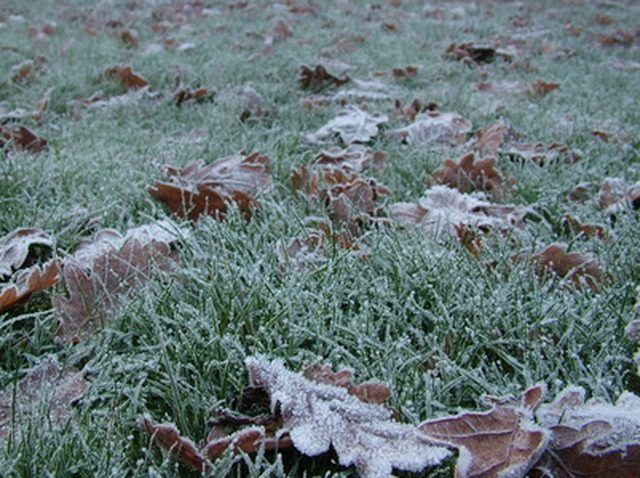Bulbs
Flower Basics
Flower Beds & Specialty Gardens
Flower Garden
Garden Furniture
Garden Gnomes
Garden Seeds
Garden Sheds
Garden Statues
Garden Tools & Supplies
Gardening Basics
Green & Organic
Groundcovers & Vines
Growing Annuals
Growing Basil
Growing Beans
Growing Berries
Growing Blueberries
Growing Cactus
Growing Corn
Growing Cotton
Growing Edibles
Growing Flowers
Growing Garlic
Growing Grapes
Growing Grass
Growing Herbs
Growing Jasmine
Growing Mint
Growing Mushrooms
Orchids
Growing Peanuts
Growing Perennials
Growing Plants
Growing Rosemary
Growing Roses
Growing Strawberries
Growing Sunflowers
Growing Thyme
Growing Tomatoes
Growing Tulips
Growing Vegetables
Herb Basics
Herb Garden
Indoor Growing
Landscaping Basics
Landscaping Patios
Landscaping Plants
Landscaping Shrubs
Landscaping Trees
Landscaping Walks & Pathways
Lawn Basics
Lawn Maintenance
Lawn Mowers
Lawn Ornaments
Lawn Planting
Lawn Tools
Outdoor Growing
Overall Landscape Planning
Pests, Weeds & Problems
Plant Basics
Rock Garden
Rose Garden
Shrubs
Soil
Specialty Gardens
Trees
Vegetable Garden
Yard Maintenance
How to Care for Your Lawn After Cold Weather Is Over
How to Care for Your Lawn After Cold Weather Is Over. Properly caring for your lawn after cold weather ends will ensure healthy, lush grass for the summer season. You can begin your lawn care as early as March, as soon as the cold weather subsides. Your lawn will begin to grow rapidly in the early spring. Most lawn grasses will begin to grow while...

Properly caring for your lawn after cold weather ends will ensure healthy, lush grass for the summer season. You can begin your lawn care as early as March, as soon as the cold weather subsides. Your lawn will begin to grow rapidly in the early spring. Most lawn grasses will begin to grow while the temperatures are still quite cold, so you need to stay on top of your lawn care early in the springtime.
Things You'll Need
Lawn mower
Pre-emergent weed killer
Slow-release lawn fertilizer
Grass seed or sod (optional)
Check your lawn for diseases and insects. Look for spots of dead grass. Check the thatch accumulation to determine whether your lawn needs dethatching and aeration. To find the thatch, look for any vegetative materials on top of the soil that haven't decayed.
Mow your lawn as soon as the grass begins to grow again and reaches 3 or 4 inches in height, but don't rake up the clippings. Leave the grass clippings on your lawn to decompose and add nutrients.
Treat your lawn with a pre-emergent weed killer in late March or early April, before the weeds have had a chance to grow. Apply a second dose in mid-May and follow the dosage instructions on the label.
Fertilize your lawn in mid-May using a slow-release lawn fertilizer. A good dosage for springtime would be 1 pound of nitrogen per 1,000 square feet.
Tips & Warnings
Hold off on fertilizing your lawn in early spring when temperatures are still cool. This will help to encourage root growth instead of shoot development.
If you need to sod or seed your lawn, do so as soon as the cold weather tapers off in March or early April. Water your lawn once or twice per day after seeding or sodding.
After the cold weather is over, don't let the grass grow too tall before mowing it. Avoid cutting off more grass than you leave, because this will stress your lawn and make it more susceptible to diseases.